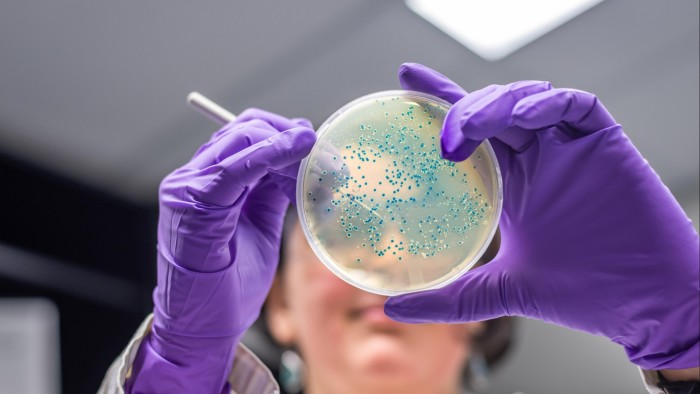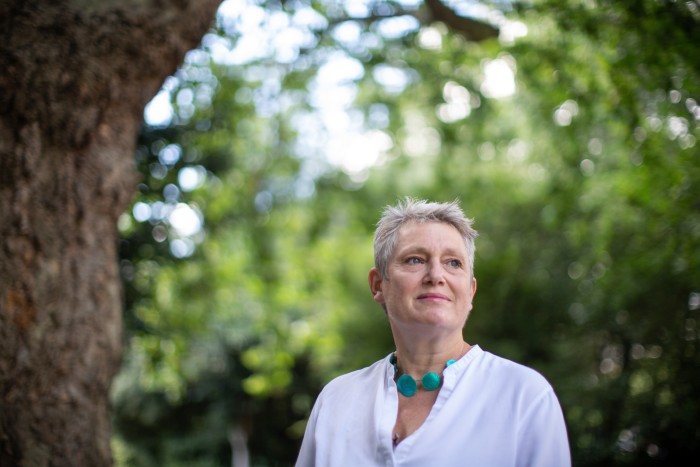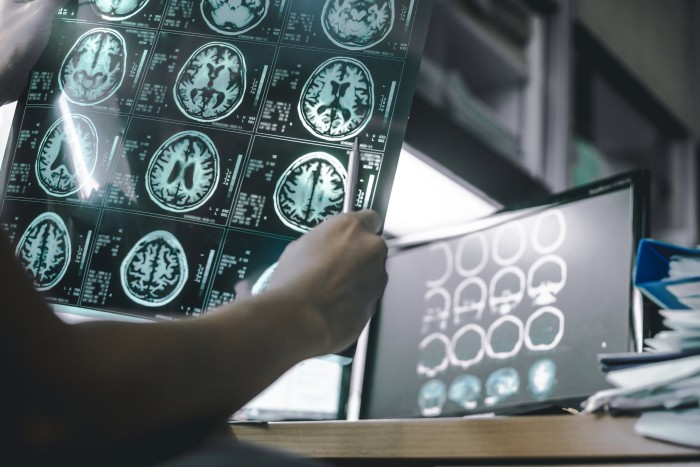Impact funds help fight dementia and antibiotic resistance

Roula Khalaf, Editor of the FT, selects her favourite stories in this weekly newsletter.
Marc Gitzinger started his “adventure” in antibiotics 12 years ago, co-founding Swiss start-up BioVersys to tackle deadly and drug-resistant pathogens, such as strains of tuberculosis. He has watched as even promising peer companies collapsed, and had to slow his own development programmes for fear of running out of money.
“I personally find it unacceptable that we would have drugs in hand that help a significant number of patients from not passing away — and we have to drop this for financial reasons, rather than scientific ones,” he says.
BioVersys is now pushing two of its antibiotics into Phase 2 trials thanks, in part, to an investment late last year from the AMR (antimicrobial resistance) Action Fund — a public-private partnership. It finances the development of new antibiotics, in response to worries about microbes becoming resistant to the drugs currently available, which could result in bacterial diseases that cannot be controlled.
And drugmakers, philanthropists and governments are using impact investment funds to address not only AMR but also the dementia that is sweeping through an ageing population in many countries.
Together, these are two of the greatest medical challenges of our time — yet investors have, until recently, largely neglected both problems, seeking more reliable returns in fields such as cancer.
Then, in 2015, the Dementia Discovery Fund was started, raising $250mn to invest in developing treatments for neurodegenerative diseases. But, while there have been some recent early successes in Alzheimer’s treatment, the unmet need is huge.
“Dementia is a massive, massive swing for the fences, because it’s so tough, but it shouldn’t be so tough that no one ever tries,” says Kate Bingham, former head of the UK’s Vaccine Taskforce and managing partner at SV Health Investors, which advises the DDF.

Laurence Barker helped set up the fund while he worked at pharmaceutical company GSK, and then became a partner in the DDF. He says drugmakers, including senior neuroscientists, contribute their expertise, as well as capital.
Investors’ commitment to the cause means the fund can create its own companies, including ones in the even less loved area of diagnostics that could help the whole field progress.
The fund has a longer time horizon than normal — 15 years — to give its companies an opportunity to go public or be acquired, returning money to investors.
“There are effectively no products out there benefiting patients today,” Barker says. “And, correspondingly, if there is [any] success at all across the portfolio, the likely financial upside could be very significant.”
However, even this potential upside has not attracted conventional financial investors to the fund. Bingham says that, to attract more UK pension funds, rules need to be changed to ensure they are not penalised for investing in high-risk opportunities, which come with high fees.
Investors may be even more reluctant to fund new antibiotics because the upside may be non-existent, due to a broken market for the drugs. Existing antibiotics are cheap, and each course of medicine is short. So, health systems prefer to keep new antibiotics in reserve, hoping to stop microbes evolving to be resistant to them. This means that even developers of an effective new antibiotic cannot be sure they will recover their investment.

Henry Skinner, chief executive of the $1bn AMR Action Fund, says it is a “short-term, partial solution” to keep drugs moving through trials while policymakers change the marketplace. Like the DDR, the majority of its investors come from industry — the same large pharmaceutical companies that have often stopped funding antibiotics research in-house.
“But, if we don’t get some policy changes and develop the right financial incentives to reward risk taking in innovation, then the little innovation we have will, I think, dry up nearly completely,” he says. “We will not have the antibiotics we need in future decades.”
With such a large commercial roadblock, antibiotics investment can appear more similar to charitable giving.
Kasim Kutay, chief executive of Novo Holdings, an investor in the AMR Action Fund, says it is important to be “realistic” about potential returns. Novo’s own Repair Impact Fund, founded in 2018, anticipates bringing one new therapy to market out of about 20 antimicrobial projects invested in.
“This is not going to be an area where you’re going to make three times your money. Let’s just hope we get our money back,” Kutay says.
For many drugmakers, impact funds may also have a “public relations” role to play, following criticism of big industry names for leaving the antibiotics field, says Jonathan Kfoury, a partner at LEK Consulting. Covid-19 has provided further impetus, both in showing how one outbreak can quickly spread around the world, prompting a renewed focus on global health challenges, and in generating massive revenues.
“Some large pharmas have made record profit levels from Covid vaccines and therapeutics,” Kfoury points out. “AMR, as well as the broader idea of global health — which includes low- and middle-income countries — are natural areas for them to reinvest some of the vast profit levels that they’ve made in the last couple of years.”
In addition, impact investing could be used to fund healthcare innovation in other areas where, as Bingham says, “people are not investing, because it’s too difficult” — such as in mental health.
As is the case with dementia, it can be hard to run mental health trials and prove efficacy, yet there is also hope. Bingham points to the prospect not just of new drugs but also of digital and app-based treatments. “There’s huge scope for innovation,” she says.
This article has been amended since first publication to remove an incorrect return figure for the Repair Impact Fund

Comments